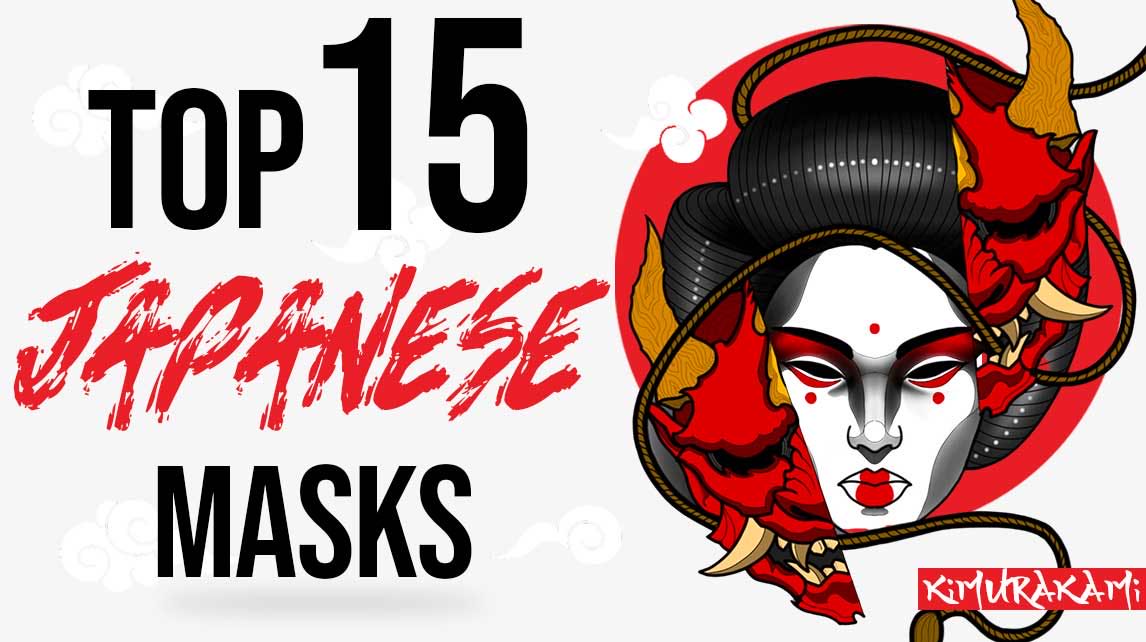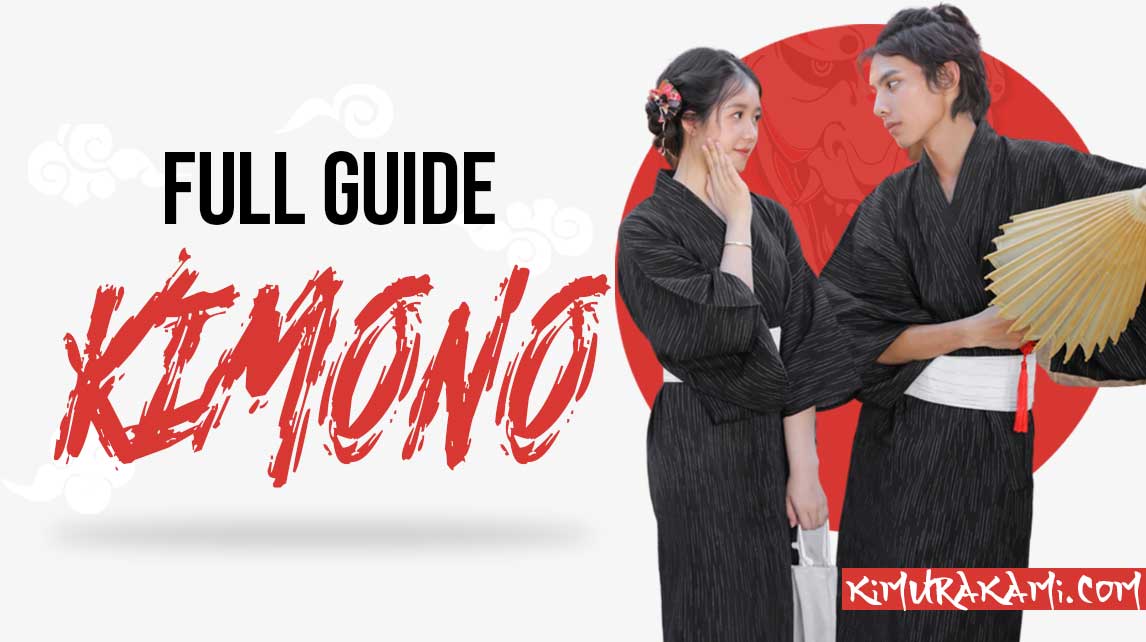The main religions of Japan are Shintoism and Buddhism. This religious practice arrived via China around the 6th century...
In this article we will look at the different religions present in Japan as well as the main characteristics of Shintoism and Buddhism.
Shintoism in Japan
"Shinto, means "the way of the gods". It is the oldest religion in Japan. Shintoists worship kami and yokai. These are divine creatures that are still part of Japanese culture and folklore today.
This faith has no founder or prophet and there is no major text that outlines its main beliefs. The resulting flexibility of definition may well be one of the reasons for the longevity of shinto. The religion is so closely tied to Japanese culture that it is inseparable from it in everyday life. Thus, the key concepts of Shinto, namely purity, harmony, respect for the family and the subordination of the individual to the group, have become elements of the Japanese character. Whether these people are religious or not."
For more information on Japan's first religion, refer directly to our article. There is no known founder of Shintoism, but the people of ancient Japan had many diverse beliefs, including the ability to communicate with the world of the divine and their ancestors through shamans. Some of these beliefs can be found today in the Shinto culture of modern Japan.
In Japan, it is estimated that Shintoists are over 80% of the population, while Buddhists make up over 70%. It is often referred to as Shinto-Buddhism when Japanese people believe in the principles of either of the above religions at the same time or alternately. But how is this possible?

The origins and development of Buddhism in Japan
Buddhism founded by Buddha (or Gautama Siddhartha) between the 4th and 6th centuries BC, is believed to have arrived in Japan around the 6th century. At the time, Japan had its own religion, Shintoism, which made it difficult for Buddhism to spread.
According to one of the oldest books of Japan and its history, the Nihon Shoki, Buddhism was first introduced to Japan in the 6th century, during the Asuka period, in 552 in the 13th year of Emperor Kinmei's reign, when a gilded bronze statue of Shakyamuni Buddha and a collection of sutras were donated by King Seongmyong of Baekje (at the time, one of the three kingdoms of Korea).
At this time, the people and their Shinto beliefs prevented a rapid repulsion of Buddhism in the country, but things began to change when Emperor Suiko, an ardent follower of Buddhism, ascended the throne in 592.
Prince Shotoku, who served Emperor Suiko as regent, is one of the most important figures in the spread of Buddhism, including the construction of numerous temples throughout Japan, such as Shitennoji Temple in Osaka and Horyu-ji Temple in Nara.
Prince Shotoku is also a man of many anecdotes, with legends claiming that he met Daruma, the founder of Zen Buddhism, or that he is the reincarnation of the bodhisattva Avalokitesvara. Whether true or not, these anecdotes about Shotoku have led to an increase in the number of followers of Buddhism in Japan.
After the eighth and ninth centuries, Buddhism became more rooted in the daily lives of the Japanese than in conceptual beliefs. It is also increasingly closely linked to the ancient Japanese religion, Shintoism. Over the centuries, these two religions have almost merged in the face of common philosophical problems and have become an integral part of the daily life of the Japanese people. In addition, we could see the emergence of Buddhist temples, which were built in the Shinto shrines, which were main places of worship in Japan.
Nowadays, much of the younger generation in Japan does not consider itself a member of any particular religion. However, it is true that many events and customs are derived from Shintoism and Buddhism. Many weddings and other celebrations are Shinto, while funerals and death-related events are predominantly Buddhist in origin.
Some Japanese homes also have two altars: a Buddhist altar for ancestors and Buddha statues, and a Shinto altar for the gods who protect the home. That's why it's called Shinto-Buddhism these days and why there are more "believers" than people in Japan! It is estimated that Buddhists make up about 7% of the world's population, so Japan is one of the major hotbeds of belief.

Christianity and other religions in Japan
While Shintoism and Buddhism make up the bulk of the country's believers. We must address the third most represented religion within the country behind these 2 behemoths.
The Christian religion has been the most important religion in the country for many years.
Introduced to Japan in the 16th century, precisely in 1549 during the Warring States period. It was then that some Japanese feudal lords in the Kyushu region were baptised and converted to Christianity in exchange for land and protection.
The Christian religion was introduced in Japan in the 16th century, precisely in 1549 during the Warring States period.
However, its development slowed down very quickly following the banning of the practice for over two centuries. Indeed, during the Edo period, from 1603 to 1868, the practice of Christianity was banned throughout the country.
The practice of Christianity was also banned during the Edo period.
It is estimated that there are about 1.5% - 2% of Christian believers in Japan, a small share of the country that nevertheless represents the country's third largest religion. The remaining 7% of the Japanese population is divided among several religions, each of which accounts for no more than 1% of the Japanese population.

Historically completely Shinto, Japan has been able to evolve throughout its history while retaining its basic religious identity. The 80% Shinto country is also 70% Buddhist, so there are more believers than inhabitants in Japan today.
The religion is often linked to the religion of the people.
Religion is often linked and anchored from now on more to a way of life than just a religion, a way of life that could be described as "Japanese", respect for nature and others, a philosophy of life and also a respect for deceased ancestors. Many common values that can be found within these two religions that have shaped modern Japan.
Religions are still very important today for Japanese people who very often believe in protective spirits as well as the most evil of them, more than just one god, these multi-deistic religions are still very much adopted by the younger generation who do not detach themselves from these habits and customs.










Leave a comment